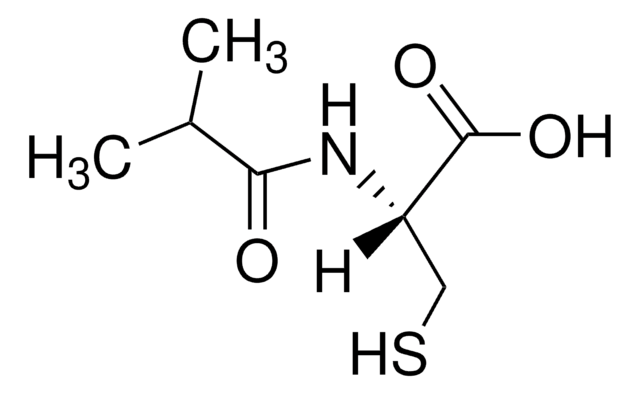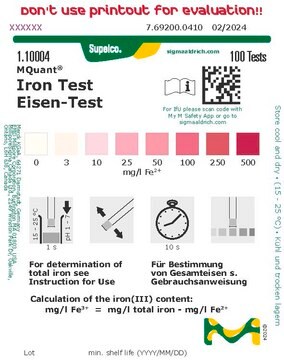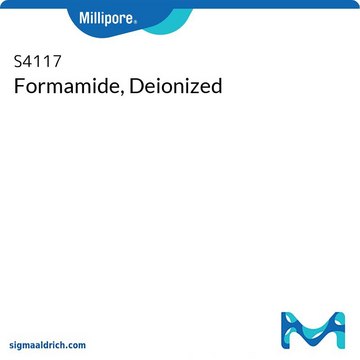52283
Anti-Mouse IgG−Abberior® STAR RED antibody produced in goat
for STED application
Synonym(s):
Abberior® STAR RED-Anti-Mouse-IgG antibody produced in goat
About This Item
Recommended Products
biological source
goat
Quality Level
antibody form
affinity isolated antibody
antibody product type
secondary antibodies
clone
polyclonal
form
buffered aqueous solution
species reactivity
mouse
concentration
~1 mg/mL
fluorescence
λex 638 nm; λem 655 nm in PBS, pH 7.4
storage temp.
−20°C
General description
Photophysical properties (carboxylic acid):
Absorption Maximum, λex [nm]: 638 (PBS pH 7.4), 638 (H2O), 634 (MeOH)
Extinction Coefficient, εmax [M-1cm-1]: 120 000 (PBS pH 7.4), 125 000 (H2O), 115 000 (MeOH)
Correction Factor, CF260 = ε260/εmax: 0,16 (PBS pH 7.4)
Correction Factor, CF280 = ε280/εmax: 0,32 (PBS pH 7.4)
Fluorescence Maximum, λem [nm]: 655 (PBS pH 7.4), 655 (H2O), 654 (MeOH)
Recommended STED Wavelength, λ [nm]: 750-800
Fluorescence Quantum Yield, λ: 0,90 (PBS pH 7.4)
Fluorescence Lifetime, τ [ns]: 3,4 (PBS pH 7.4)
Suitability
Analysis Note
unconjugated dye ≤5% of total fluorescence
Other Notes
Legal Information
Not finding the right product?
Try our Product Selector Tool.
related product
Storage Class Code
12 - Non Combustible Liquids
WGK
WGK 3
Flash Point(F)
Not applicable
Flash Point(C)
Not applicable
Choose from one of the most recent versions:
Certificates of Analysis (COA)
Don't see the Right Version?
If you require a particular version, you can look up a specific certificate by the Lot or Batch number.
Already Own This Product?
Find documentation for the products that you have recently purchased in the Document Library.
Our team of scientists has experience in all areas of research including Life Science, Material Science, Chemical Synthesis, Chromatography, Analytical and many others.
Contact Technical Service






